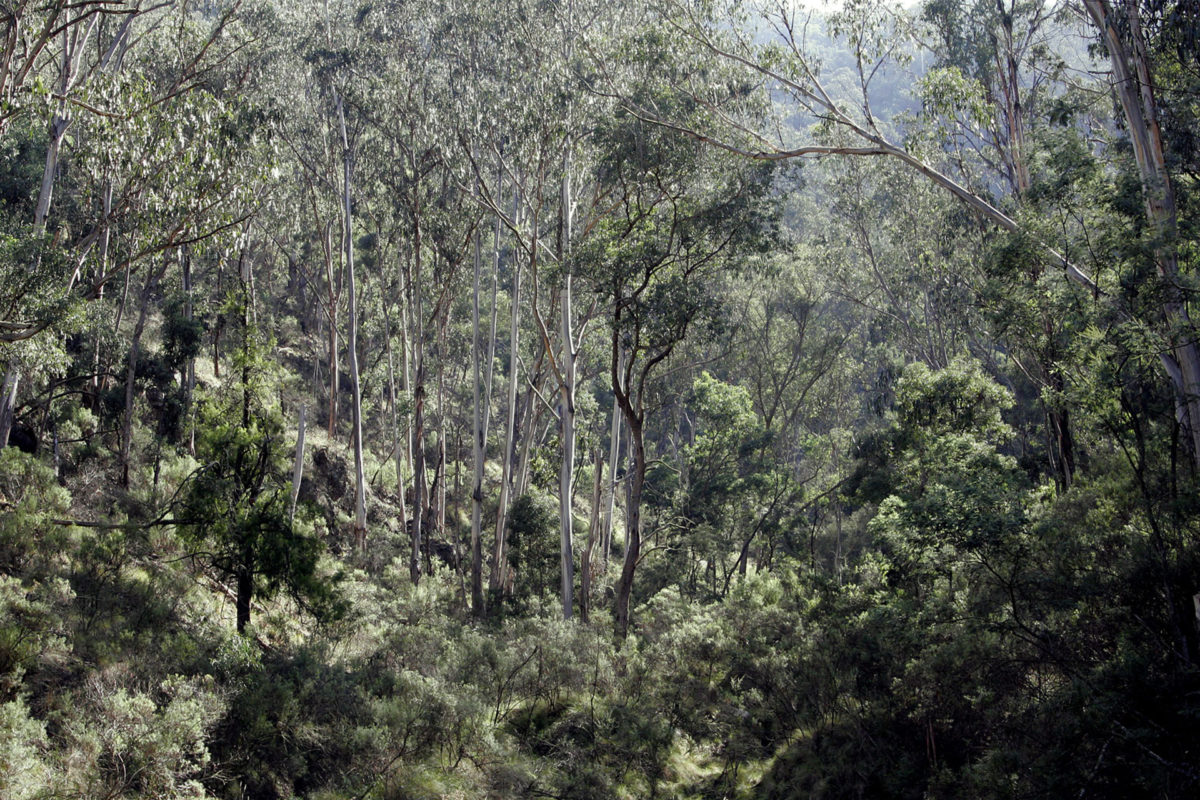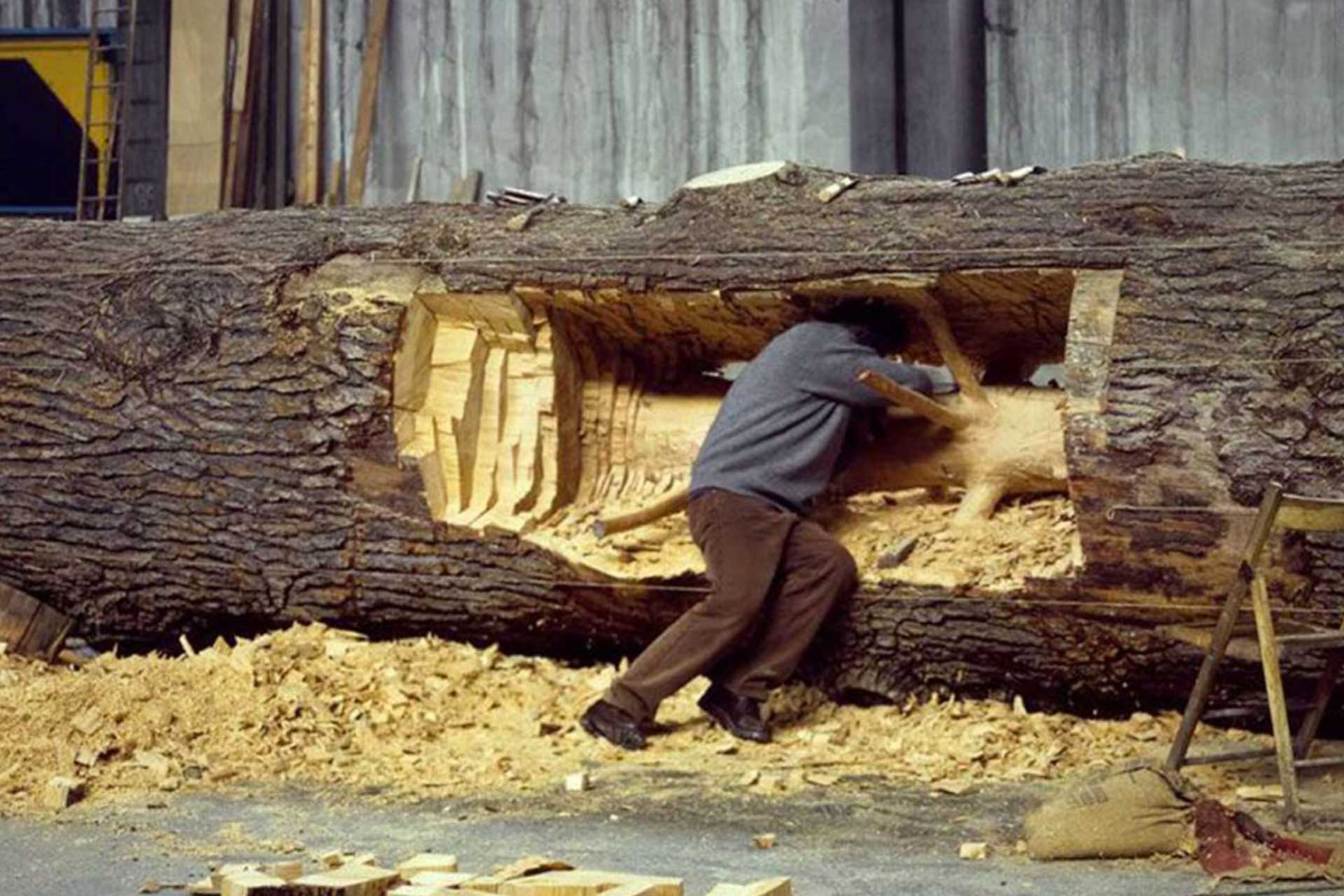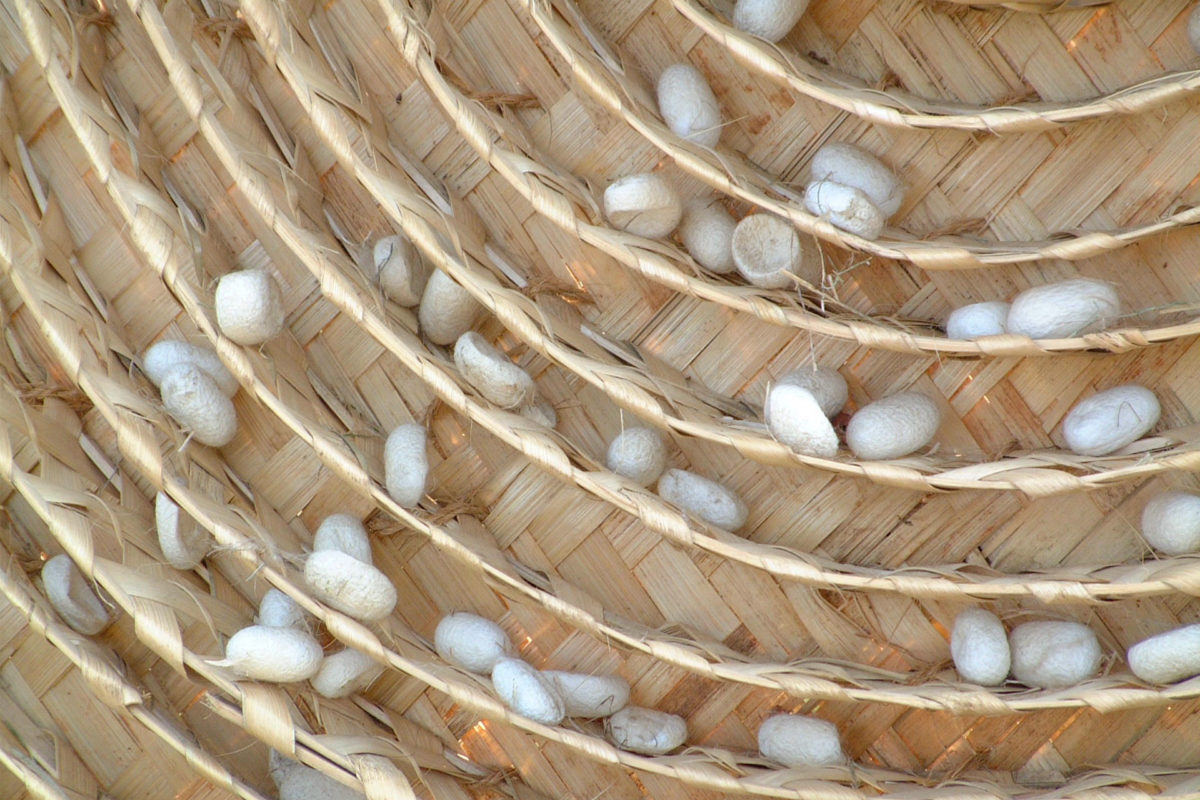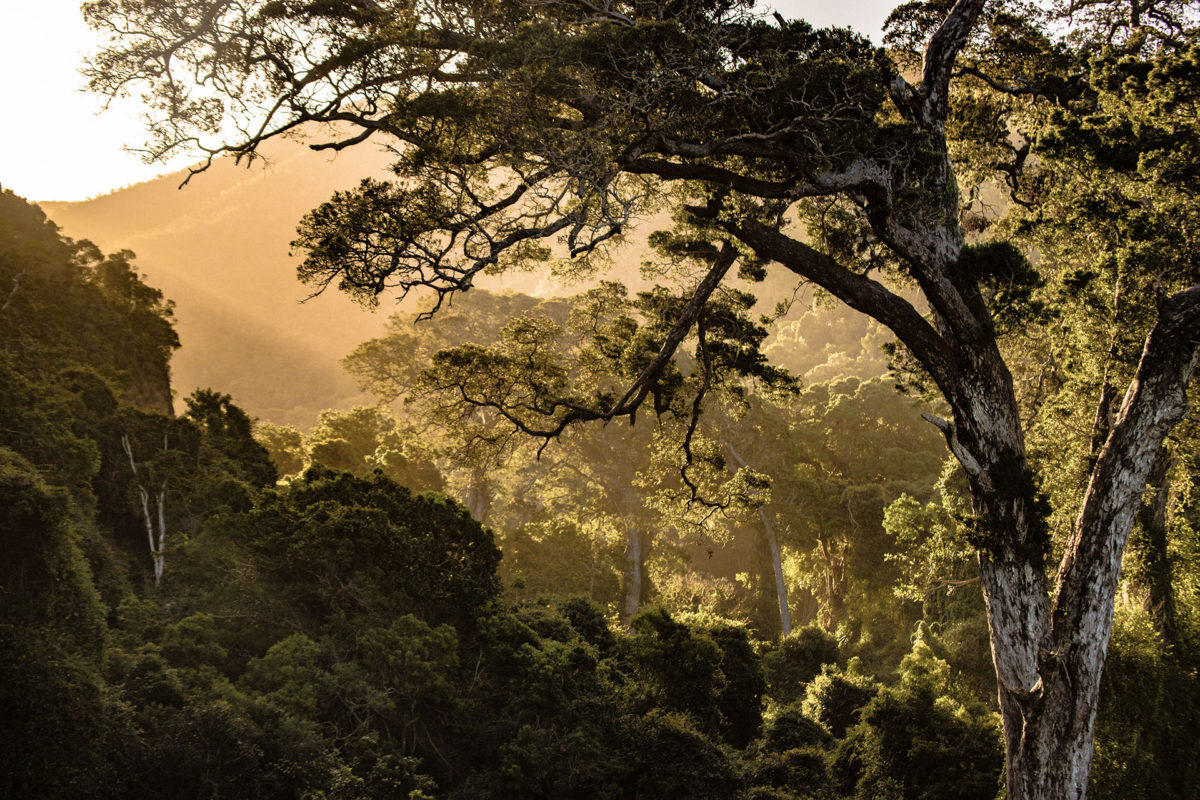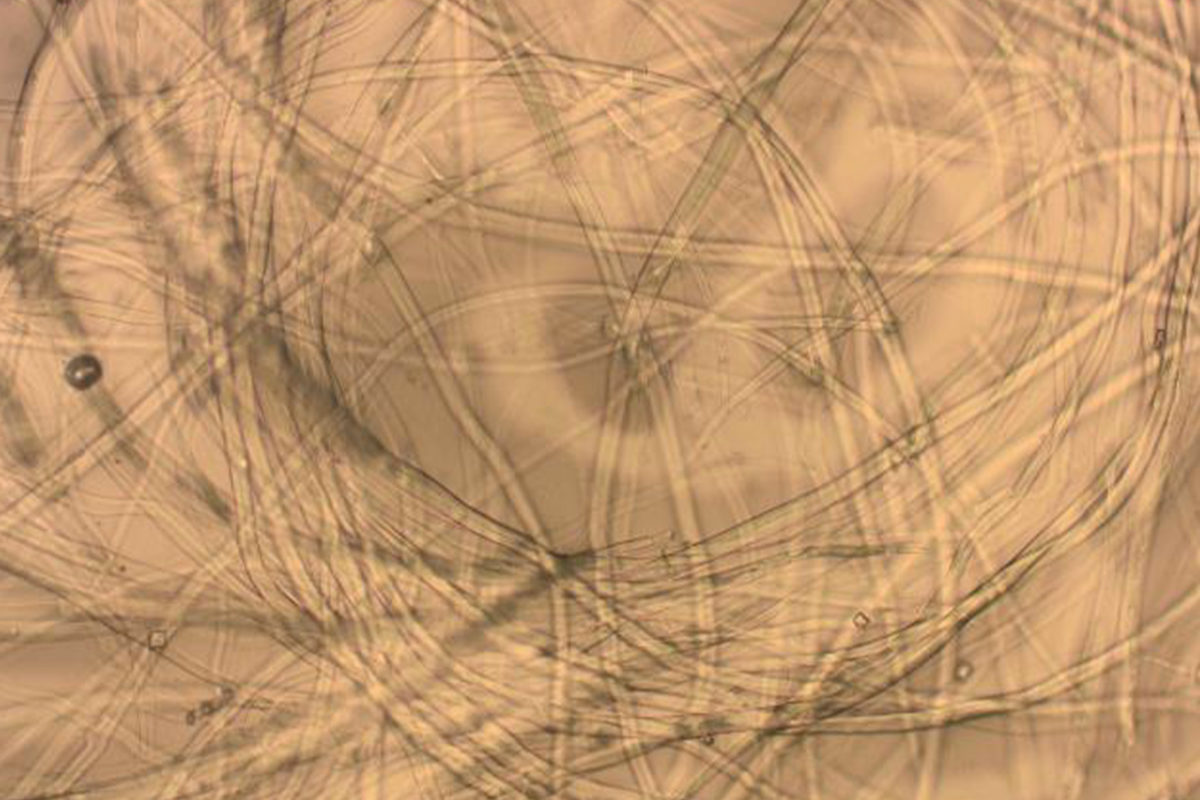Alice Harrison
Lenzing has developed its viscose products, keeping environmental sustainability at the forefront of their innovations, and transparently closing the fiber production loop
Taking advantage of raw materials from the forest to produce dissolving pulp will later close the textile industry loop. The story of Södra and the OnceMore initiative
Mantero Seta: tracing the environmental footprint on virgin silk production to ensure that the environmentally harmful steps of virgin silk production are avoided
Through their work they have built 47 global hubs, have signed up more than 100 accredited professionals, trained nearly 15,000 land managers and sustainably developed nearly 15,000 hectares of land
airlines to go net zero: all steps of aviation, from buildings and staff vehicles, to emissions during flight are expected to be fully carbon neutral
Renewcell’s Circulose aims to optimize reactivity, viscosity, and brightness for efficient use within the textile industry’s value chain. In conversation with Harald Cavalli-Bjorkman

